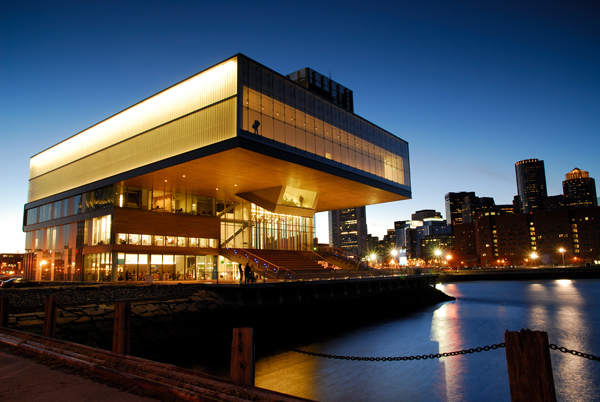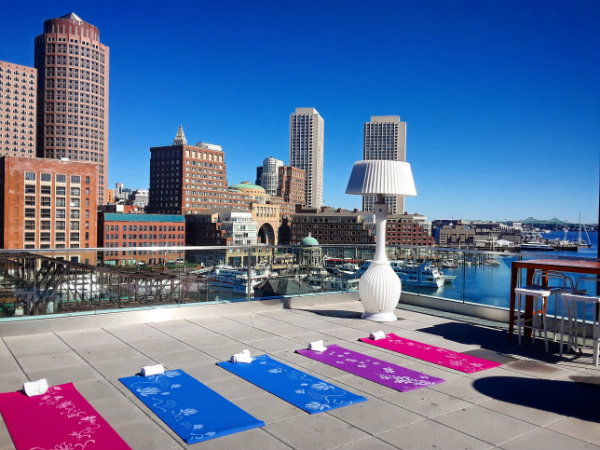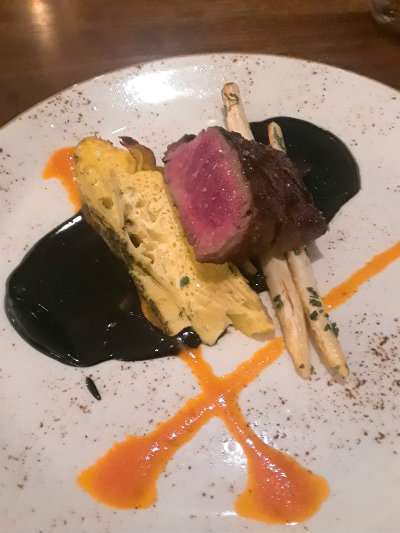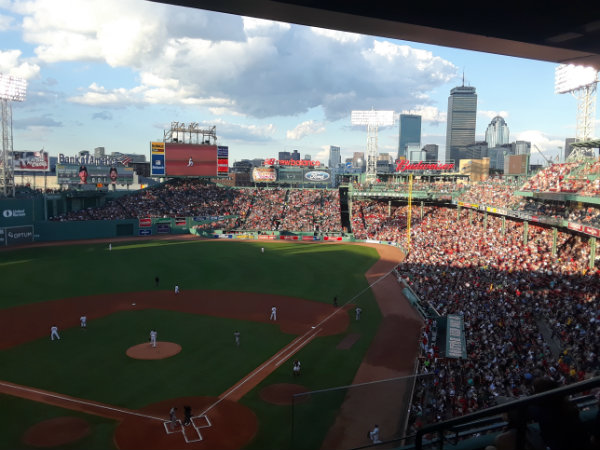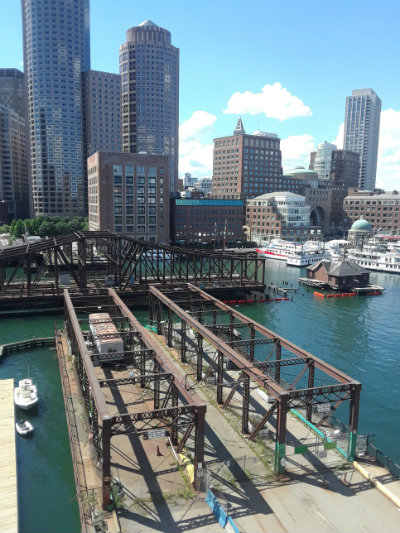Is Boston’s Tech Scene Besting New York?
There’s a lot New York could learn from Boston about lifestyle.
You might proffer this The Onion slam of Boston in response to my statement, but there’s more than a grain of truth in this takedown of New York in the same pub. A recent trip to Boston’s innovation district, Seaport, impressed me with the praxis of its mixed-use philosophy: “Live, Work, Play.” I knew Boston could do the work — especially in the tech sector — and the live, but I wasn’t so sure about the play. For two years, I came to Boston regularly, but the nightlife failed to impress a jaded New Yorker. Apple to orange though it may be, I couldn’t help but compare. But Boston’s recently booming Seaport tech district is set to surpass New York, especially with the big moves by GE, Neurala, Red Hat and now, Amazon — and those business moves have sparked an abundant food, drink and social scene.
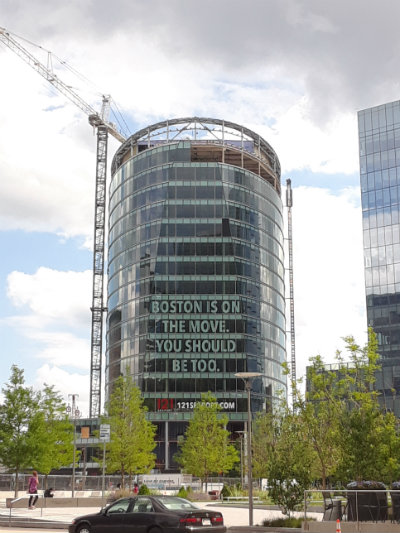
Photo by Dakota Kim
American cities may be modernizing to Millennial demands, but not without growing pains. Industry may be out and technology may be in, but American urban landscapes have been sluggish in reacting — partially due to the car-dependent structures of said sprawling cities (Detroit being a prime example). While waiting for subways to spring up, car service apps like Uber, Lyft and Gett have filled the void. Meanwhile, Millennials and Gen Z, who eschew gated suburban homes and seek out energizing urban public spaces and experiences, have struggled to curate affordable, stylish, user-friendly lifestyles in the crumbling ruins of these aging cities.
Evidently, it was time for a lifestyle-meets-work reboot. And Boston is beating New York to it in terms of ease of work-life balance and booming tech growth (despite New York’s tech startup initiatives under Bloomberg, and perhaps even because of De Blasio’s seemingly less-techy emphasis).
In 2010, former Boston mayor Thomas Menino, inspired by Barcelona’s 22 district, cemented his legacy with plans to radically transform 1,000 acres of land in South Boston into “The Innovation District” (now merely known as the “Seaport”). And did the cranes ever come calling. Towers popped up like mushrooms along the compact thrust of land southeast of the Financial District. Hefty anchor establishments include Vertex and GE, which chose Boston over New York (in part due to a hefty incentive package from the city of Boston, no doubt).
Boston is a tech base — its Kendall Square area near MIT, after all, has been dubbed “the most innovative square mile on the planet” and seems to churn out an endless mill of hungry MIT grads looking to revolutionize your app game. There’s no shortage of work force if you’re a startup founder looking for fresh college grads in Boston. But Kendall Square is relatively distanced from the city center, whereas the Seaport’s proximity to the Financial District (a brisk, pleasant five-minute stroll over any number of short bridges over the water) means direct interactions with the business world, including venture capital meetings for startup owners. New York may have Wall Street and the gold that lines that street, but Boston brings a quality of life that New York’s sheer insanity destroys with every stalled train and long line.
And if you want to talk supporting risky startup innovation, it’s essential to nurture a stronger social safety net, including unemployment, food security, and healthcare — like Massachusetts has been doing with MassHealth for a decade now, since 2006. What’s more, though rankings of startup funding favor New York, funding doesn’t always result in profitable, sustainable long-term success. In a long-term sense, it’s easier to sustain life in Boston, which means more long-term startups. Attrition is low, so folks are sticking around and innovating into middle age and even past retirement. “There are 60-year-olds in Boston who founded great companies, as there are in the Valley and Seattle,” Rob Gonzalez writes. “The other big cities — NYC, Chicago, Atlanta, Austin, etc. — will take a long time to notch their wins, create their mentors, grow their ecosystems and deliver consistent results.”
2017 has brought a slew of new business to the Seaport, including restaurants (the world’s oldest startups), shopping, residential real estate, and AI startups like Neurala, which is claiming some major breakthroughs. Red Hat has made good on its promise to finish building its new office by mid-year, and its Global Executive Briefing Center, Engineering Lab, and Open Innovation Labs are pretty cushy, plus there’s a hidden speakeasy, natch. And now comes the news that Amazon will lease 150,000 square feet one block from GE’s HQ. In an old city, everything in the Seaport feels (and for the most part, is) new. Amidst the red brick of old candy factories, a lifestyle-based city is springing up. This Boston just feels, in a way that it didn’t 10 years ago, chic and cutting-edge.
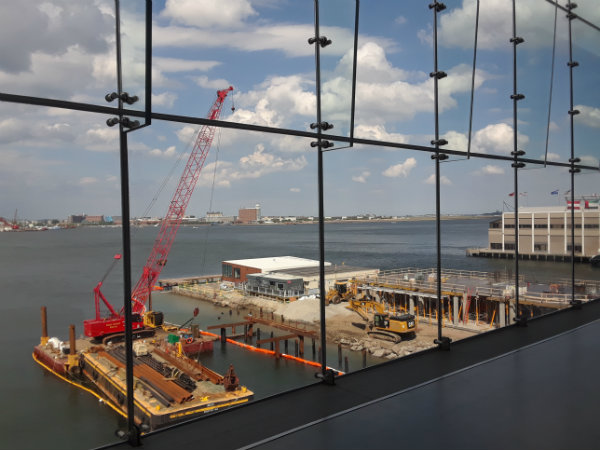
Photo by Dakota Kim
-

-

-

-

-

-

-

-

-

-

-

-

-

-

-

-

-

-

-

-

-

-

-

-

-

-

-

-

-

-

-

-

-

-

-

-

-

-

-

-

